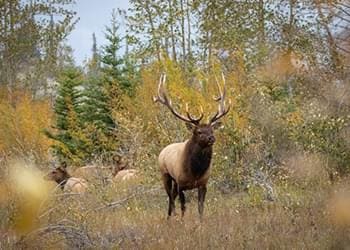Animals

The Challenges of Reintroducing Animals to the Wild
While breeding animals in captivity is a crucial part of conservation efforts, reintroducing them into the wild presents its own set of challenges. Many factors must be considered to ensure that reintroduced animals can survive and thrive in their natural habitats, and zoos and conservationists must work together to address these difficulties.
One of the biggest challenges of reintroduction is the loss of natural behaviors in captive-bred animals. Animals born in zoos do not always develop the skills they need to survive in the wild, such as hunting, foraging, or avoiding predators. To address this, zoos often implement training programs that simulate natural conditions. For example, predators like cheetahs may be trained to chase live prey, while herbivores may be encouraged to forage for food. This training helps ensure that the animals are better prepared for life in the wild.
Another challenge is finding suitable and safe habitats for reintroduced animals. Many species face habitat loss or human encroachment, which may be the reason they were endangered in the first place. Conservationists must work to restore and protect habitats before animals can be reintroduced. This often involves collaboration with local communities to ensure that wildlife and humans can coexist peacefully. For instance, programs that reduce human-wildlife conflict, such as fencing around farmland or creating wildlife corridors, help protect both animals and people.
The social dynamics of animals can also complicate reintroduction efforts. Animals that live in complex social groups, like elephants or primates, must be reintroduced carefully to avoid disrupting existing hierarchies or causing stress. Conservationists often release animals in stages, allowing them to gradually adjust to their new environments and form social bonds with wild populations.
Finally, monitoring reintroduced animals is essential for success. Zoos and conservationists track the animals using GPS collars, camera traps, and other technologies to study their movements, behavior, and survival rates. This information helps improve future reintroduction efforts and ensures that any issues can be addressed quickly.
Despite these challenges, reintroduction programs have seen many successes, and zoos continue to play a crucial role in returning animals to the wild.
ANIMALS
Endangered Species: A Call for Conservation
Many zoos are home to endangered species such as pandas, rhinos, and gorillas. These animals are often the focus of conservation efforts, with zoos playing a key role in breeding programs and public education. Visitors can learn about the threats these species face in the wild and what is being done to protect them for future generations.
